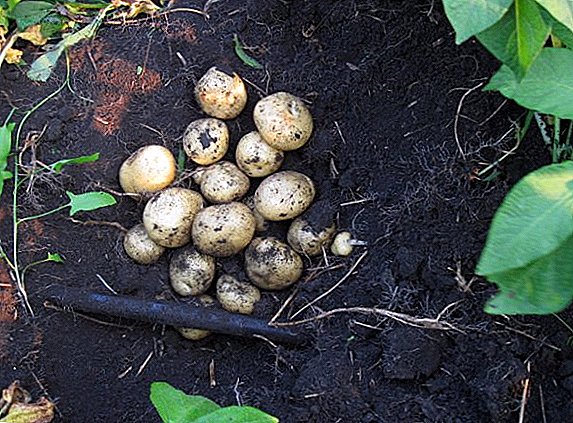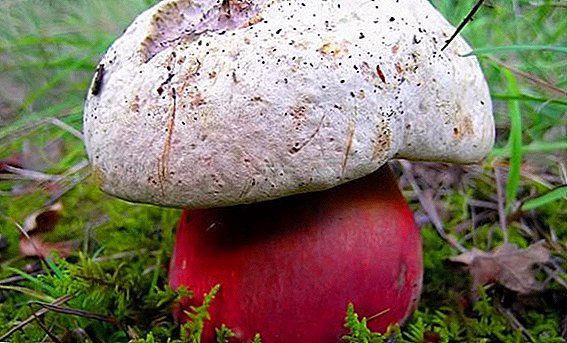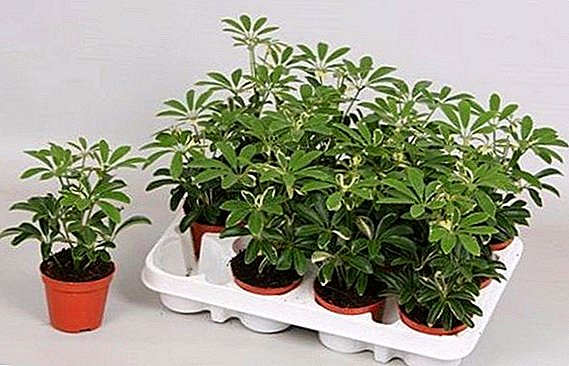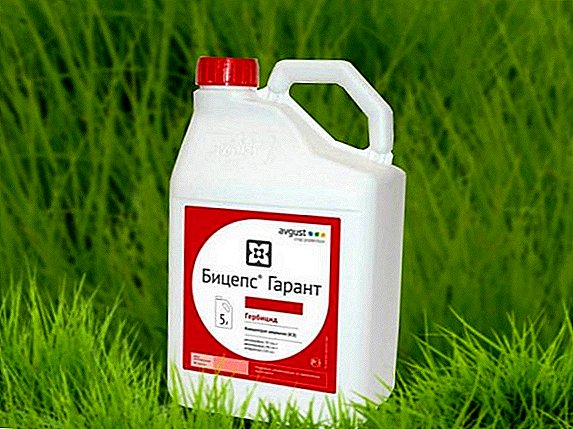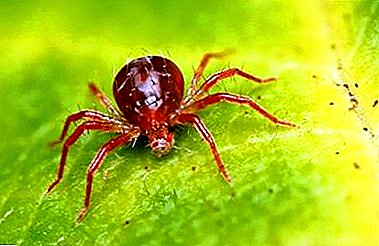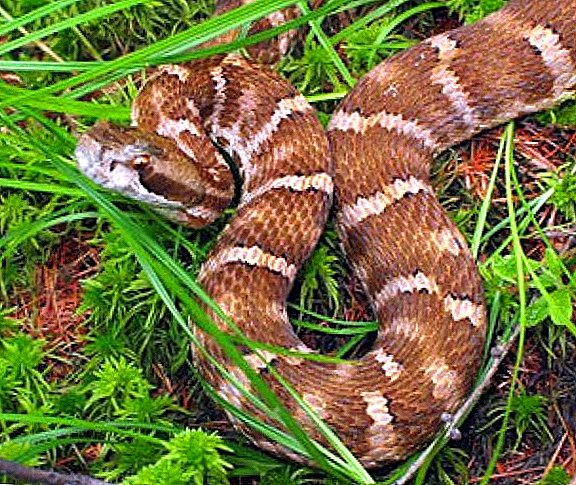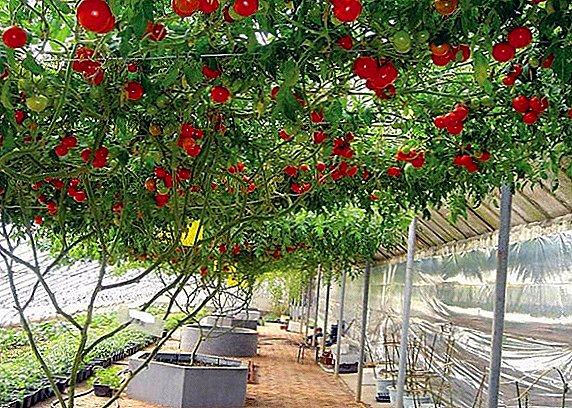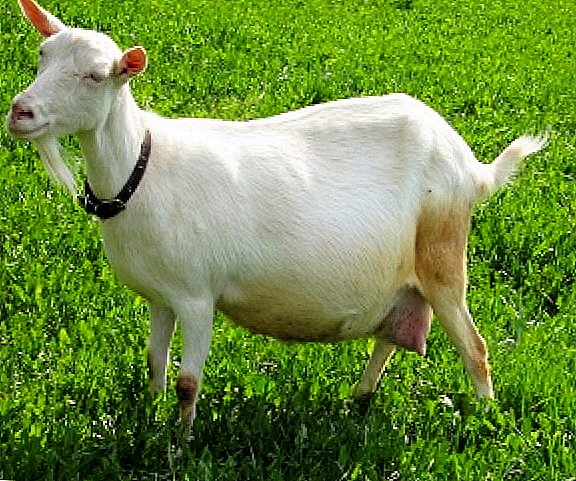 Iceland moss, or Icelandic tsetraria (Latin name - Cetraria Islandica), often used in recipes of traditional medicine, as well as for the preparation of certain pharmaceutical drugs, as well as official medicine recognized the plant as a medicinal raw material. However, it is not entirely correct to call tsetraria a plant or moss, because from a biological point of view it is a lichen, a very peculiar kind of living organisms. Today we learn about the features of Icelandic moss and its wide scope for health.
Iceland moss, or Icelandic tsetraria (Latin name - Cetraria Islandica), often used in recipes of traditional medicine, as well as for the preparation of certain pharmaceutical drugs, as well as official medicine recognized the plant as a medicinal raw material. However, it is not entirely correct to call tsetraria a plant or moss, because from a biological point of view it is a lichen, a very peculiar kind of living organisms. Today we learn about the features of Icelandic moss and its wide scope for health.
Biological description: where Iceland moss grows
This living organism is a symbiosis of green algae and fungi. Outwardly, it looks like a low, up to 15 cm tall, bush. Tall (the body of a lichen) consists of branched blades that look like deer horns. The color of the thallus can be different: olive, light turquoise, gray-green, brown-brown and interspersed with white hue.
Did you know? Tsetrariya does not take root in gassed, polluted areas, it is extremely sensitive to toxic substances in water, air and soil, and harmful processed products, and therefore grows only in ecologically clean areas. This feature of the plant is used to determine the purity of the environment. Absolutely all lichen species belong to bioindicators, which, when the ecosystem is disturbed, gradually die out and disappear.
The color of the body of the lichen is determined by the lighting, humidity and other climatic conditions of the habitat. With the help of special processes - rhizoids - the lichen is attached to the old stumps, trunks of trees, the ground.  This plant is an epiphyte, which means the absence of a developed root system.
This plant is an epiphyte, which means the absence of a developed root system.
Lichen has a very slow growth, prefers highland, tundra and forest tundra, peat bogs, coniferous forests with open sunny areas, swamps. It takes root on stony and sandy soil, which provides good drainage.
Loves moisture and does not tolerate drought, needs a sufficient amount of light. It is found mainly in the northern regions: in the USA, Canada, in Russia, lichen can be found in the Far East, in the highlands of the Altai and the Sayan Mountains, in Siberia, in the Far North.
Chemical composition
The ratio of BJU in Icelandic moss is as follows:
- proteins - up to 3%;
- fats - 2%;
- carbohydrates - more than 80%.

The plant contains such components:
- polysaccharides;
- lichen acids;
- starchy substances;
- micro- and macronutrients: iron, iodine, copper, manganese;
- wax;
- gum;
- pigment substances;
- vitamins: B12, C.
The main active component of citraria is lichenin, a polysaccharide whose share in lichen reaches 40%. When mixed with water, it forms a jelly mass. It has great nutritional value, but is not absorbed by the human body. Did you know? Although lichens grow slowly, their lifespan can last thousands of years. They are long-lived organisms. And the most ancient discovery in the form of a petrified lichen is more than 400 million years old. Lichens have spread throughout the world, including Antarctica and the Arctic.

Medicinal properties
Means and preparations based on tsetraria have such an effect on the body:
- antibacterial;
- immunostimulating;
- oncoprotector and antioxidant;
- tonic;
- anti-inflammatory;
The reception of wood lice, peony, aconite, birch, stonecrop large, wild rose, goldenrod, carnation, wormwood also has anti-inflammatory effect
- expectorant;
- hemostatic;
- mild sedative effect;
- increase the production of gastric juice;
- increase appetite.
Cetraria has strong antimicrobial properties, which are provided by the presence of organic acids. Tsetrarii preparations are successfully used to suppress tubercle bacillus, staphylococci and streptococci, Helicobacter pylori. 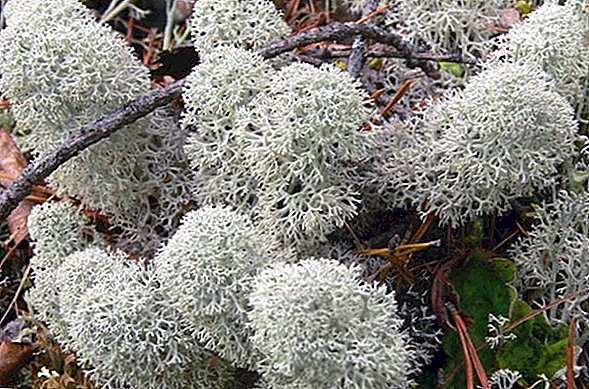 Effective external use for wounds with infectious lesions. Moreover, lichen successfully inhibits the growth of pathogenic fungi and viral agents.
Effective external use for wounds with infectious lesions. Moreover, lichen successfully inhibits the growth of pathogenic fungi and viral agents.
Indications for use
As a raw material, this plant was recognized as official medicine in the 19th century, but traditional healers began using tsetrariya many centuries before.
Lichen since ancient times was used in such diseases and conditions:
- burns, wounds, ulcers, dermatitis, acne;
- inflammation of the stomach, intestines;
- bronchopulmonary diseases: bronchitis, asthma, pneumonia, tuberculosis, whooping cough;
- poisoning with the manifestation of vomiting;
- runny nose, sinusitis, sinusitis;
- oral diseases: inflammation of the gums, stomatitis;
- angina;
- immunodeficiency states, fatigue, after long-term treatment and interventions;
- endocrine disorders;
- neoplasms;
- urinary diseases in men.

Important! Tsetraria has many names, among which are: reindeer moss, moss, pulmonary moss, lopastyanka, parmelia, barb, and komashnik. Often this plant is confused with Irish moss. However, these are two completely different species - Irish moss (carrageen) belongs to algae and grows in the ocean.
Iceland moss application
Let us consider in more detail the most frequent cases of the use of this lichen in different diseases and in different age groups.
For kids
The undoubted advantage of Cetraria is its absolute safety and non-toxicity in the treatment of the smallest patients. Before starting therapy, it is often not even required permission from the doctor. Most often, lichen is used in children's respiratory diseases, influenza, cough, rhinitis.
Due to the high concentration of acids, plant-based products have a bitter taste, so babies often refuse to take medicine.  To eliminate the unpleasant taste, and enrich the healing drug with useful components, you can add honey or milk.
To eliminate the unpleasant taste, and enrich the healing drug with useful components, you can add honey or milk.
With bronchitis and tuberculosis
In the treatment of tuberculosis, the active substance of cetraria is usnic acid. It is able to inhibit the growth of gram-positive bacteria, including Koch sticks, which is the causative agent of tuberculosis.
Also in the treatment of bronchitis use aloe tree, fennel, propolis tincture, bergamot, blue cyanosis, garlic and marsh wild rosemary.
This property of Cetraria was discovered in 1809, and since then it has been included in a number of drugs prescribed for this ailment. Lichen is also often used to treat bronchitis.
It inhibits the proliferation of bacteria and viruses, has an enveloping, soothing and softening effect on irritated mucous membranes. Promotes expectoration and release of mucus. On the basis of Cetraria, many pharmaceutical preparations for cough and bronchitis are produced in the form of syrup, lozenges and lozenges. 
Slimming
If overweight is caused by endocrine disruption, cetraria will also come to the rescue. It normalizes the activity of the thyroid gland, as a result of which the metabolism is adjusted. Of course, you should not completely rely only on Icelandic moss with a high degree of obesity.
However, in combination with proper physical exertion, proper nutrition and a healthy lifestyle, centraria-based products can help achieve the desired weight and shape. When extra pounds are most often consumed tsetrariyu in the form of jelly or decoction.
For potency
With prostatitis of bacterial genesis and other bacterial ailments of the male urogenital sphere, cetraria also shows effectiveness. It helps to return the potency, it can be taken as a preventive measure.
The increase in potency is also favorably affected by the use of ginger, horseradish, thyme, saffron, asparagus, bitter pepper, melon, scorzonera, periwinkle, parsley, hazelnut, calgane root, arrows of garlic, nutmeg, orchid and goryanka.
Usnic acid not only inhibits the growth of bacteria, but also has a wound-healing effect, which contributes to the rapid recovery after an illness. 
For the whole body
Cetraria can be taken to prevent illnesses, strengthen and heal the body, enhance immunity and improve well-being. It has a mild sedative effect, eliminates insomnia, helps to more effectively deal with stress. After a course of plant intake, vitality and energy are increased.
Preparation of raw materials
For the preparation of medicines used body lichen, which is collected manually in late summer-early autumn. To collect, you need to choose dry sunny weather, since wet raw materials are extremely difficult to properly dry. Raw materials need to sort out, remove dead parts, conifer needles, earth.
Important! Even if the lichen is contaminated with sand and earth, it cannot be washed! Contamination should be gently removed with a cloth.
For drying, you need to prepare a clean cloth, spread out the raw material in a thin layer and leave it in a dry place with good air circulation. Drying in open sunlight is not recommended, as part of the useful components may be destroyed.  After drying, the finished raw material must be packaged in wooden, glass containers, you can also use bags of dense fabric. If you store the workpiece in a dry dark place, the shelf life will be 2 years.
After drying, the finished raw material must be packaged in wooden, glass containers, you can also use bags of dense fabric. If you store the workpiece in a dry dark place, the shelf life will be 2 years.
Harm and side effects
Tsetrariya is on the list of those few plants that practically do not cause side effects and do not harm the body. Lichen-based products can be taken even in the period of childbearing, lactation and in childhood. However, before using it is necessary to consult a doctor.
If you take Cetraria for a long time, exceed the dosage, you can cause digestive problems, liver pain. In this case, the reception should be urgently stopped and consult a doctor.
Contraindications
This plant has two significant contraindications: individual reaction and the presence of autoimmune ailments (lupus, vasculitis, type I diabetes and others). 
How to take Icelandic moss
Cetraria can be purchased at the pharmacy in various pharmacological forms. So, there are medicines in the form of syrups ("Herbion", "Iceland moss", "Pektolvan"), lozenges, tablets, ointments and even powders ("Sodium usninat") for breeding and external use.
However, you can always prepare products on the basis of plants on their own. Next, we consider the main methods of preparation and application of moss-based drugs.
Decoction
For cooking will need:
- 1 tbsp. l raw materials;
- 500 ml of water.
Water should be brought to a boil, add dry raw materials and boil for 5 minutes, then cool and strain. The total dosage is as follows: drink 3-5 tablespoons of broth during the day.  The indications are all of the above illnesses, obesity, and skin lesions. For external use, you can reduce the amount of water to 250 ml when boiling.
The indications are all of the above illnesses, obesity, and skin lesions. For external use, you can reduce the amount of water to 250 ml when boiling.
Infusion
When preparing infusions, you can use boiling water or heat the mixture without boiling. To prepare the infusion, take:
- 4 tbsp. l raw materials;
- 500 ml of water.
The mixture should be poured into cold water, bring to a boil and immediately remove. The tool is infused for 15 minutes and filtered. During the day you need to eat up to 5 tablespoons of infusion. You can also pour dry raw materials with hot water (but not boiling water! The temperature should be about 90 ° C).
This tool helps with ailments of the digestive and respiratory systems, soothes and relaxes, tones the body and improves immunity. Store decoctions and infusions should be in the refrigerator for a day. 
Important! Consider that after cooling down, broths and infusions on the basis of tsetrarii acquire a gelatinous consistency, do not be afraid of this, this is a completely normal process, as there are many starchy substances in the composition of the centrarium.
Tea
To make tea, take:
- 2 tsp. citraria;
- 200-250 ml of water.
Raw materials should be poured into cold water, over low heat, bring to a boil, turn off and cool. This tool is useful for coughing, bronchitis, colds. During the day, you can take up to 3 glasses of this drink.
Verbena officinalis, black nightshade, caraway, white marl, saxifrage, soapstone, catnip, swede, marshmallow and ivy will help to get rid of cough.
To soften the taste, instead of water, you can use milk or add some honey to the finished drink. Every time it is advisable to prepare a fresh drink. To relieve coughing attacks, you can prepare a mixture of tsetrarii and coltsfoot in equal parts.  If you drink this remedy in the morning, before the meal, the sputum accumulated during the night will be much easier to pass.
If you drink this remedy in the morning, before the meal, the sputum accumulated during the night will be much easier to pass.
Other variations of tea for various ailments (all ingredients are mixed in equal parts):
- Whooping cough: tsetrariya and thyme;
- impotence: tsetrariya, flax clover, orchid male;
- with joint pains: tsetrariya, melissa, linden, birch and clover;
- inflammation in the stomach: tsetrariya and flaxseed.
Ointment
Ointment from tsetrarii is used for infectious wounds, cuts and burns, boils, acne, rashes, and dermatitis. To prepare you need to take:
- 100 g of petroleum jelly;
- 2 tbsp. l raw materials in powder form (can be purchased at the pharmacy).
The ingredients are mixed and placed in a water bath for 5 hours. You can also use ready-made pharmaceutical products, for example, Iceland moss cream, but this product has cosmetic effects rather than healing ones.  Store this tool is required in the refrigerator, applied to the affected areas 3-4 times a day.
Store this tool is required in the refrigerator, applied to the affected areas 3-4 times a day.
Cough syrup
As noted earlier, in a cooled form, infusions and decoctions of Icelandic moss acquire the jelly consistency, therefore, for preparing syrup, you can use the above recipes. The greater the amount of raw materials, the thicker will be the result.
For adults, the syrup can be cooked in water, for children it is better to use milk. Means based on Icelandic moss gently and effectively rid the body of respiratory diseases, infections of various nature, as well as tone up, strengthen and increase the resistance to ailments.
You can prepare raw materials yourself if you can, or you can buy them at a pharmacy at an affordable price. If there are children in the house, tsetrariya will definitely be an indispensable tool.


